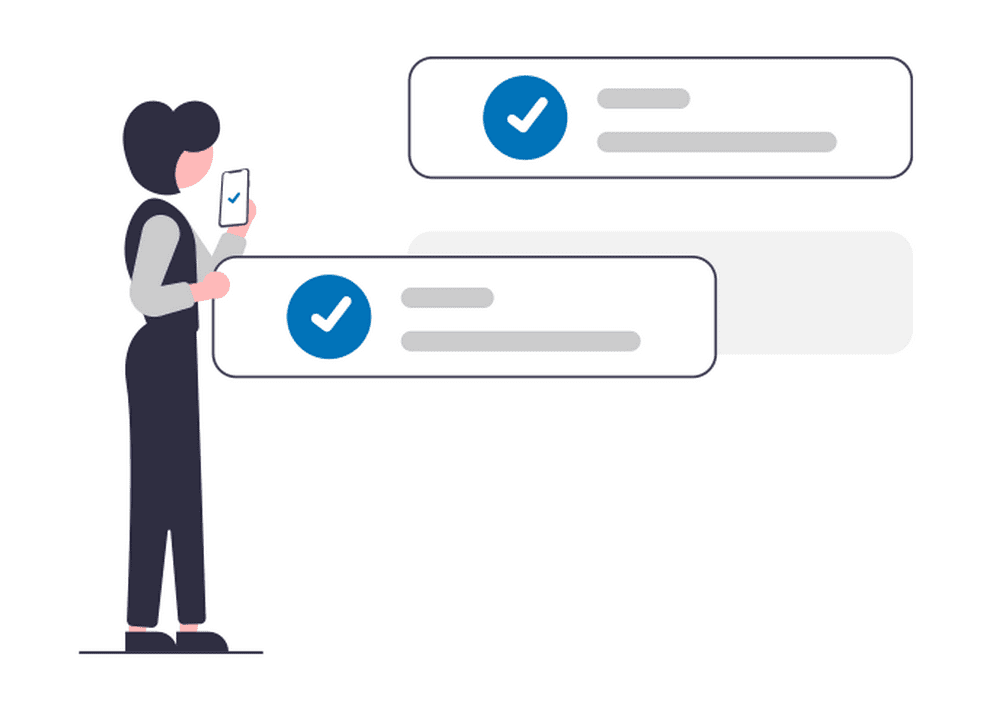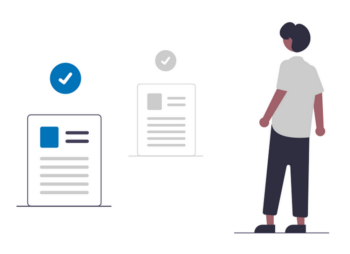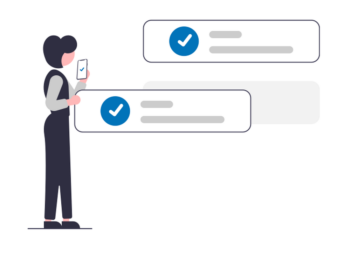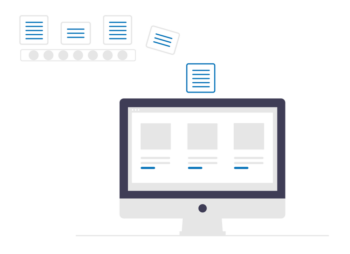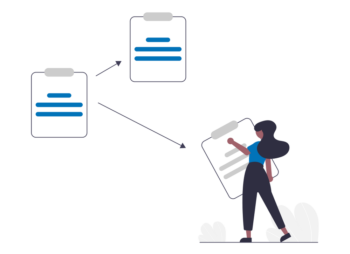In this stage, the Project team decomposes the Job Requirements that were published by the Customer, builds Epics (or Scenarios) and User Stories (Tasks; Also called Technically Implementable Requirements).
The Project team then qualifies each User Story based on a variety of attributes such as: Criticality of the requirement, Urgency of deployment, Usage levels, Complexity, Dependencies, etc.
The User Stories thus developed will be used to generate the Product Backlog & Contract Release Plan, downstream in the Contract lifecycle. These artifacts will form the detailed basis of project scope going forward.

